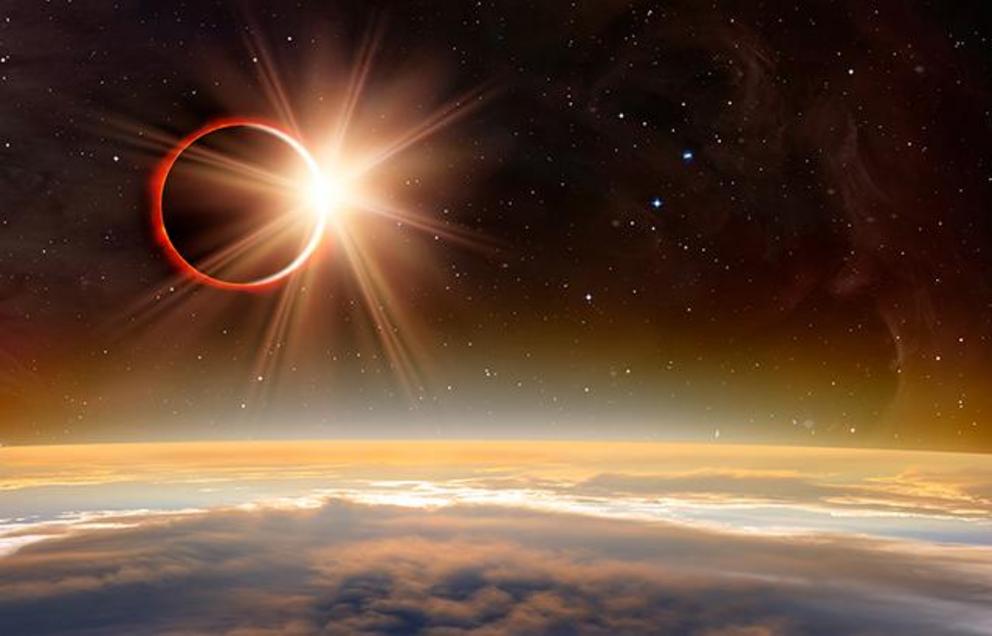Controversial existence of two space dust clouds confirmed in new study
Hungarian researchers claim that they can settle the decades-long debate regarding two faint formations of interplanetary dust in the solar system. They presented new evidence that validated the existence of the “Kordylewski clouds.”
The clouds were first reported in 1961 by Polish researcher Kazimierz Kordylewski. He supposedly found them floating in the Lagrange 5 point of the Earth-Moon system, which is 248,000 miles (400,000 kilometers) from Earth.
Although they are not that far off in stellar terms, the clouds are incredibly difficult to observe from our vantage point. Their visual faintness has led many experts to question whether or not Kordylewski actually saw something at L5.
Lagrange points are semi-stable areas where the interaction between the gravitational forces of a planet and its moon ensure that any objects in those locations remain there. They are considered to be promising locations for space probes, transfer stations for manned missions to Mars, and dumping grounds for pollutants.
The L4 and L5 points are part of an equilateral triangle that includes the Earth and the Moon. They orbit the Earth at the same time that the Moon follows its own orbital path. (Related: Interstellar space is filled with “toxic grease” that would make future space travel very difficult, say researchers.)
Are the Kordylewski clouds real or an optical illusion?
The semi-stability of Lagrange points have led experts to believe that interplanetary dust could very well end up there for unspecified amounts of time. Kordylewski kept this in mind when he turned his instruments upon the L5 point.
Many other studies followed the initial discovery of the space dust clouds that bear Kordylewski’s name. However, the formations proved to be exceedingly difficult to detect. Eventually, many astronomers came to believe that the clouds were a figment of the imagination
Enter Hungarian researcher Gábor Horváth of the Eötvös Loránd University (ELTE). He led efforts to develop a computer model of the dust clouds that could be used to pinpoint their location.
Once he knew where to look for the clouds, Horváth fitted a polarizing filter on a camera and a Charge Coupled Device (CCD) detector. The filter was designed to reflect light of a particular oscillation or shape.
The shape of light is affected by matter that it passes through or bounces off of, such as the space dust that should make up the Kordylewski clouds. The polarization will depend on the angle at which the light was scattered or reflected.
Seeing the reflected light from interplanetary dust through polarizing filters
At an observatory in Hungary, the ELTE researchers took polarizing filtered exposures of the L5 area where Kordylewski’s clouds are supposed to lurk. They published their images and findings in the scientific journal Monthly Notices of the Royal Astronomical Society.
The filtered images showed the polarized light given off by the clouds. The distinctly-shaped light traveled so far that it went past the camera’s field of view.
Horváth noted that the oscillation of the reflected light did not just confirm his predictions in an earlier scientific paper. It also matched the initial images taken by Kordylewski six decades ago.
His team offered additional evidence that eliminated the possibility that these exposures were an optical illusion or similar error. Based on their findings, they concluded that the Kordylewski clouds did exist in Lagrange 5.
“The Kordylewski clouds are two of the toughest objects to find, and though they are as close to Earth as the Moon are largely overlooked by researchers in astronomy,” noted Judit Slíz-Balogh, an astronomer who was not involved in the ELTE study. “It is intriguing to confirm that our planet has dusty pseudo-satellites in orbit alongside our lunar neighbour.”

